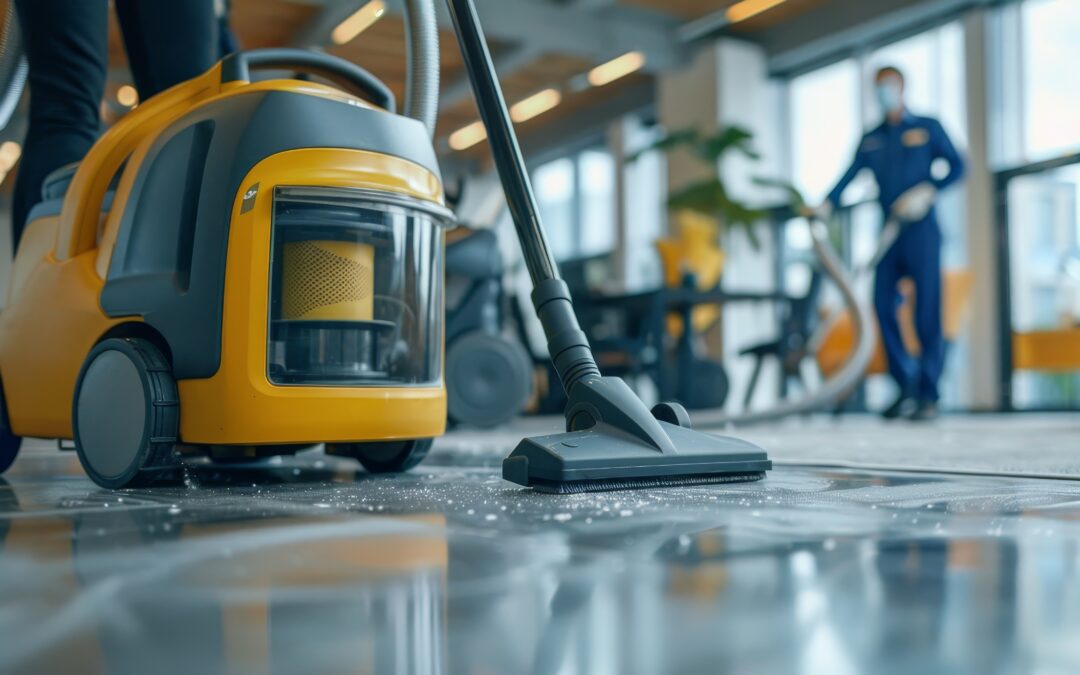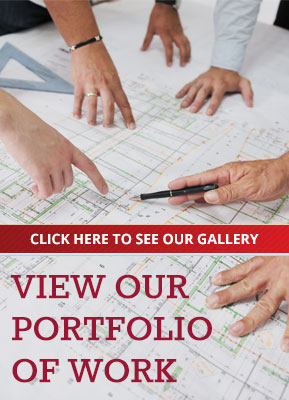Maintaining cleanliness standards is vital in any workplace or public area, but it becomes even more challenging when dealing with high-traffic facilities—where a constant flow of people is the norm. High foot traffic can quickly compromise sanitary conditions, whether a bustling commercial office, a busy shopping mall, a large healthcare center, or an expansive educational campus. From preventing the spread of germs to creating a welcoming ambiance, cleanliness should remain a top priority for facility managers and the organizations they serve.
1. Understand the Unique Challenges of High-Traffic Areas
High-traffic facilities face a unique set of cleanliness challenges. More people means a higher potential for dirt, debris, spills, and the rapid spread of germs. Each area of your facility—entrances, lobbies, restrooms, corridors, dining areas—can have different cleaning requirements. Additionally, heavy usage can cause surface wear and tear, requiring more frequent maintenance and specialized treatments.
Some common issues that arise in these environments include:
- Rapid Buildup of Debris: Trash bins can overflow quickly, and floors can accumulate footprints, dust, and spills in a short period.
- Germ Transmission: High-touch surfaces—door handles, elevators, escalator rails—can become breeding grounds for bacteria and viruses.
- Wear and Tear: Carpets, tiled floors, and furniture in constant use may need more frequent cleaning or replacement.
- Customer and Employee Perceptions: A cluttered or dirty environment sends a negative message, potentially affecting employee morale and public satisfaction.
2. Conduct a Thorough Facility Assessment
A comprehensive assessment of your facility’s layout, traffic patterns, and most frequented areas will guide your cleaning strategy. Begin by mapping the flow of people throughout the building:
- Identify High-Touch Surfaces: List out all the surfaces that people regularly touch—doorknobs, elevator buttons, handrails, reception counters. These areas require more frequent disinfecting.
- Pinpoint Congested Zones: Observe which corridors, entrances, or waiting areas experience the highest foot traffic. These zones will likely need routine or additional cleaning stations, like hand sanitizer dispensers or trash bins.
- Evaluate Cleaning Schedules: Determine how often each area currently receives cleaning services. Is that frequency sufficient given the traffic load? Sometimes daily cleaning is too little, or night-only cleaning can be insufficient if the facility is bustling throughout the day.
3. Develop a Tailored Cleaning Program
Once you know where the dirt and germs will most likely accumulate, design a cleaning program tailored to your facility’s needs. Here are key steps:
- Categorize Areas by Priority: Classify spaces as high, moderate, or low priority based on frequency of use, risk levels, and occupant density. For instance, a high-priority area might be the main lobby or cafeteria, while a less frequented storage room could be considered a lower priority.
- Set Specific Cleaning Protocols: Different tasks will require different methods and frequencies. High-touch surfaces may need disinfecting every few hours, while restrooms require multiple daily checks.
- Employ Zone Cleaning: Assign cleaning staff or teams to particular zones. This approach provides accountability and makes ensuring that each zone receives appropriate attention easier.
- Schedule Deep Cleaning Sessions: In addition to daily maintenance, plan regular deep-cleaning operations for carpets, upholstery, HVAC vents, and other areas that accumulate dirt over time.
4. Invest in the Right Equipment and Supplies
Your cleaning staff can only be as effective as the tools. High-traffic facilities benefit from robust, industrial-grade equipment and cleaning supplies designed to handle heavy usage:
- Automatic Scrubbers and Sweepers: These machines can quickly clean large floor areas, crucial for airports, malls, or large corporate offices.
- High-Efficiency Vacuums: Vacuums equipped with HEPA filters effectively remove fine particles and allergens, improving indoor air quality for occupants.
- Microfiber Materials: Microfiber mops and cloths trap more dirt and germs than traditional options, reducing reliance on harsh chemicals.
- Eco-Friendly and Appropriate Chemicals: Choose cleaning chemicals that are both effective and environmentally responsible. This protects the planet and reduces the risk of irritating sensitive occupants.
5. Train and Empower Your Cleaning Staff
No matter how good your plan is on paper, its success hinges on the skills and motivation of the cleaning staff. Continuous training ensures that employees understand:
- Cleaning Methods and Protocols: Proper use of disinfectants, correct techniques for wiping surfaces, and steps to follow for specialized tasks like biohazard cleanup.
- Equipment Operation: Many industrial machines require specific procedures for safe and efficient operation. Improper use can damage floors or create slip hazards.
- Safety and Ergonomics: Staff should learn best practices to avoid injuries like back strain or chemical burns. Training them on personal protective equipment (PPE) and safe lifting techniques is vital.
- Communication Skills: Cleaning teams should know how to interact courteously with facility occupants, answer basic questions, and escalate any issues, such as damaged infrastructure or health hazards, to management.
Upholding high cleanliness standards in high-traffic facilities is no small feat. It requires a strong initial assessment, a tailored cleaning plan, well-trained staff, and smart use of technology to keep pace with the constant stream of visitors. Equally important is fostering a sense of shared responsibility among occupants and staying flexible to handle unexpected challenges. At Pioneer Properties, we recognize that maintaining a secure and productive workplace extends beyond simple cleaning routines. By partnering with Pioneer Properties, you can rest assured that your facility is managed by professionals dedicated to reducing risks and boosting your organization’s overall safety culture. Let us help you create a cleaner, safer environment that protects everyone under your roof and supports your business’s success.


